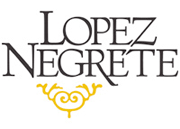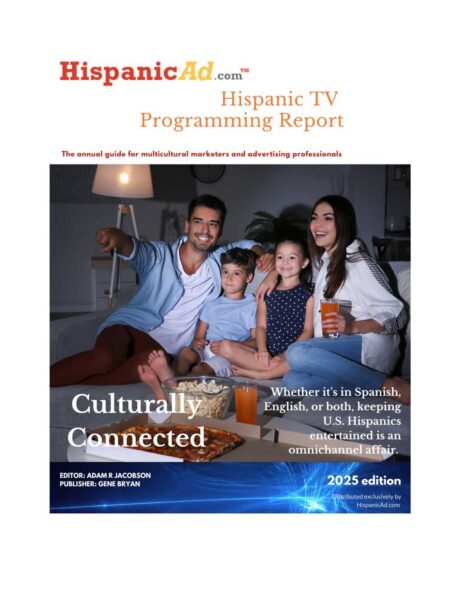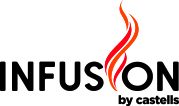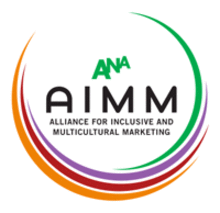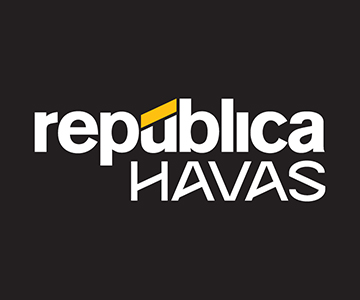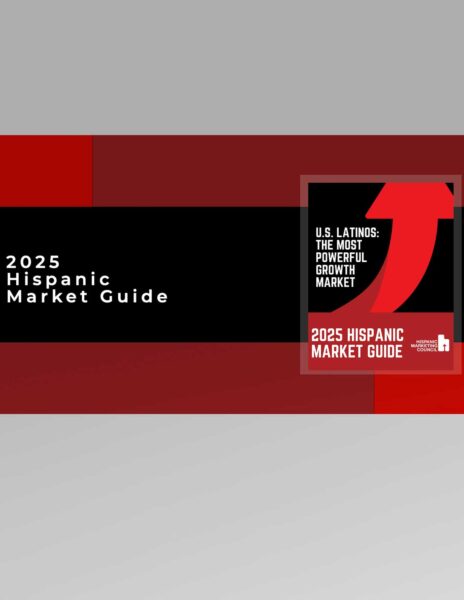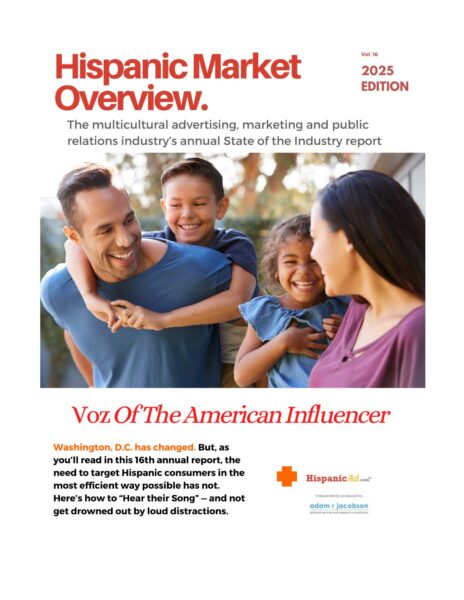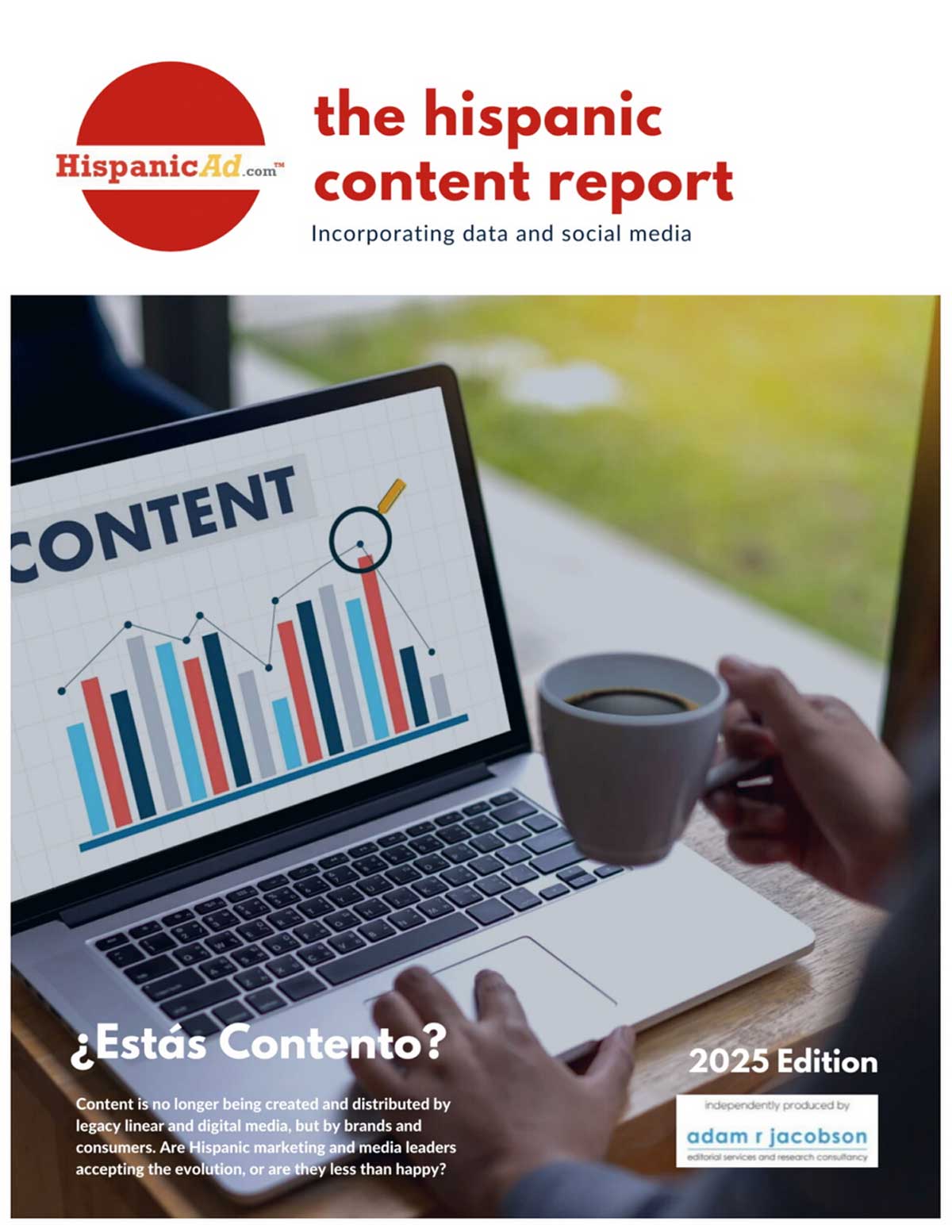When Black is LOUDER than Brown ……… Part 1
![]() I am not very encourage when writing this article for HispanicAd, to see efforts to help Minority Broadcasters and Consumers that are not inclusive of at least the majority of the groups that encompass the Multicultural Marketing Bucket. By Gene Bryan / CEO – HispanicAd
I am not very encourage when writing this article for HispanicAd, to see efforts to help Minority Broadcasters and Consumers that are not inclusive of at least the majority of the groups that encompass the Multicultural Marketing Bucket. By Gene Bryan / CEO – HispanicAd


 The COVID pandemic, as it has with nearly every other business around the world, has completely upended the way we perceive the limitations on ways business can be conducted, and the way marketers can interact with their audiences. The use of virtual sales channels and other digital transformation strategies have undergone remarkable acceleration.
The COVID pandemic, as it has with nearly every other business around the world, has completely upended the way we perceive the limitations on ways business can be conducted, and the way marketers can interact with their audiences. The use of virtual sales channels and other digital transformation strategies have undergone remarkable acceleration. How many marketers does it take to build a brand?
How many marketers does it take to build a brand? With the nation’s leading multicultural marketing executives logged on to participate in the virtual 2020 ANA Multicultural Marketing & Diversity Conference, which began Tuesday with strong sessions from Procter & Gamble Chief Brand Officer Marc Pritchard and Nestlé U.S. CMO Alicia Enciso, the ANA released a new diversity report that paints a sober picture of just how lacking diversity remains in the U.S. marketing industry. By Adam R Jacobson / Radio + TV Business Report
With the nation’s leading multicultural marketing executives logged on to participate in the virtual 2020 ANA Multicultural Marketing & Diversity Conference, which began Tuesday with strong sessions from Procter & Gamble Chief Brand Officer Marc Pritchard and Nestlé U.S. CMO Alicia Enciso, the ANA released a new diversity report that paints a sober picture of just how lacking diversity remains in the U.S. marketing industry. By Adam R Jacobson / Radio + TV Business Report GROWTH. If there is one word that best describes the imperative nature of marketing and the priority shared by all CMOs in these unprecedented times, this is it. Growth has never been a greater priority than it is today. This is not a new idea of course. The industry and CMO community have rallied around the importance of marketing as a growth vehicle in prior years.
GROWTH. If there is one word that best describes the imperative nature of marketing and the priority shared by all CMOs in these unprecedented times, this is it. Growth has never been a greater priority than it is today. This is not a new idea of course. The industry and CMO community have rallied around the importance of marketing as a growth vehicle in prior years.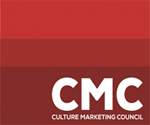 Nine of 10 chief executives, advertising, promotions, sales & marketing managers are non-Hispanic white. Without breaking internal marketing “culture bubbles” to put cultural fluency and insights at the core of every brand strategy, brands risk a break up with Gen Zers and their parents.
Nine of 10 chief executives, advertising, promotions, sales & marketing managers are non-Hispanic white. Without breaking internal marketing “culture bubbles” to put cultural fluency and insights at the core of every brand strategy, brands risk a break up with Gen Zers and their parents. In 1970, the United States Census Bureau coined the term “Hispanic” to reflect the growing population from Spanish-speaking countries. While many identify with the term, others prefer to call themselves “Latino” or “Latina,” reflecting their origin from a Latin-American country. But there’s a new contender on the scene: Latinx. By Jennifer Dellapina / Conill Advertising
In 1970, the United States Census Bureau coined the term “Hispanic” to reflect the growing population from Spanish-speaking countries. While many identify with the term, others prefer to call themselves “Latino” or “Latina,” reflecting their origin from a Latin-American country. But there’s a new contender on the scene: Latinx. By Jennifer Dellapina / Conill Advertising The crisis has widened consumer appetite for choice and introduced unexpected shifts in consumer behavior—this year’s holiday shopping is up for grabs.
The crisis has widened consumer appetite for choice and introduced unexpected shifts in consumer behavior—this year’s holiday shopping is up for grabs. Organizations have been pressuring marketers to holistically measure and validate their efforts for years, but COVID-19 has certainly amplified the urgency. With advertising and budgets off track this year, marketers and CMOs have more at stake because there’s literally no room for waste or inefficiency.
Organizations have been pressuring marketers to holistically measure and validate their efforts for years, but COVID-19 has certainly amplified the urgency. With advertising and budgets off track this year, marketers and CMOs have more at stake because there’s literally no room for waste or inefficiency. Every couple of decades, major market transitions reshape how people consume content, from talkies in the late 1920s to broadcast TV in the ’50s, from cable TV in the late 1970s to onscreen video in the ’90s. But the disruption caused by technology companies entering the media and entertainment space in the last few decades is triggering transformations like never before.
Every couple of decades, major market transitions reshape how people consume content, from talkies in the late 1920s to broadcast TV in the ’50s, from cable TV in the late 1970s to onscreen video in the ’90s. But the disruption caused by technology companies entering the media and entertainment space in the last few decades is triggering transformations like never before. We need your help in answering one question about the use of the term.
We need your help in answering one question about the use of the term. In business as in war, the surest way to lose a battle is to send your troops marching in multiple directions. Military leaders know that battles are won by concentrating their forces on a clear objective.
In business as in war, the surest way to lose a battle is to send your troops marching in multiple directions. Military leaders know that battles are won by concentrating their forces on a clear objective. In normal times organizations face numerous uncertainties of varying consequence. Managers deal with challenges by relying on established structures and processes. These are designed to reduce uncertainty and support calculated bets to manage the residual risks. In a serious crisis, however, uncertainty can reach extreme levels, and the normal way of working becomes overstrained. At such times traditional management operating models rarely prove adequate, and organizations with inadequate processes can quickly find themselves facing existential threats.
In normal times organizations face numerous uncertainties of varying consequence. Managers deal with challenges by relying on established structures and processes. These are designed to reduce uncertainty and support calculated bets to manage the residual risks. In a serious crisis, however, uncertainty can reach extreme levels, and the normal way of working becomes overstrained. At such times traditional management operating models rarely prove adequate, and organizations with inadequate processes can quickly find themselves facing existential threats. Retail sales have largely recovered from the pandemic heading into the holiday season but the growing number of coronavirus cases remains a threat and additional federal stimulus could help keep the economy on track, National Retail Federation Chief Economist Jack Kleinhenz said.
Retail sales have largely recovered from the pandemic heading into the holiday season but the growing number of coronavirus cases remains a threat and additional federal stimulus could help keep the economy on track, National Retail Federation Chief Economist Jack Kleinhenz said.




